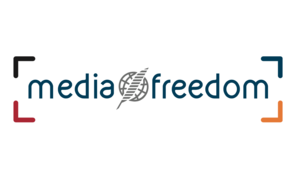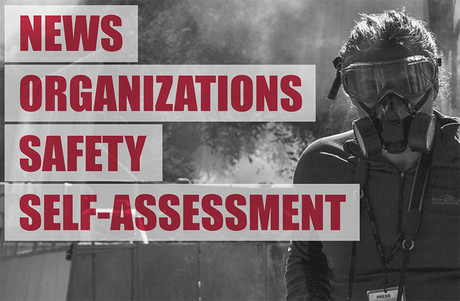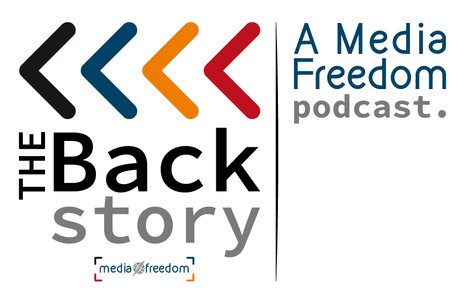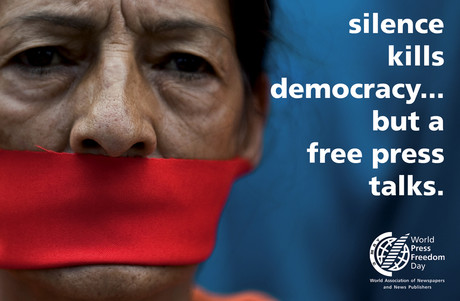By Colette Davidson
When journalists from Philippine news site NewsLine.ph leave on a dangerous assignment, Editor-in-Chief and Founder, Editha Caduaya, is in constant contact regarding their whereabouts. She tells them to call her when they arrive on the ground as well as at every step of the way – when they reach their hotel, when they get into the field, and what the atmosphere is like.
“Security is our utmost concern,” says Caduaya. “I work like a mother to them. I didn’t get that when I was a journalist at other publications.”
Caduaya is just one of many editors around the world increasing her awareness of how to keep journalists safe out in the field. Despite a plethora of resources available to journalists, editors and media managers – from global campaigns and trainings to information packets – the number of journalists killed in recent years has continued unabated. In 2018, 54 journalists lost their lives on the job, according to the Committee to Protect Journalists (CPJ), and eight already in 2019.
While journalists – especially freelance journalists and particularly those locally-based – are the ones putting their lives on the line for a story, editors play an essential role in the decision-making process. They must weigh the need for a story against the risks it poses to a reporter.
Even with the most comprehensive security plans in place, editors may ultimately decide that a story simply isn’t worth it. But it’s not always easy, especially with freelancers, who often set their own rules.
“Sometimes editors will say no to a reporting trip, but some freelancers will just go anyway,” says Richard Sambrook, a professor of journalism at the University of Cardiff and a former BBC executive. “I once said no to freelancers after the Balkans War, that even if you go, I won’t take your material… but some editors will say ‘thank you very much’ even if they initially said they didn’t want any material.”
When editors have weighed the risks and decided to send journalists out reporting, there are basic safety precautions they can take – providing personal protective equipment like helmets or flak jackets if appropriate, staying in constant communication, knowledge of basic first aid skills and creating a safety plan in case of danger.
They can also sign up for security training programs, which have seen a boom in recent years. At Global Journalist Safety (GJS), journalists are immersed in a live-action, semi-real hostile environment to learn preparedness and first-aid. This way, they can assess their readiness before they step out into the field.
Editors say asking journalists – instead of forcing them – about their willingness to report on a particularly dangerous story is a key starting point in the process. In Mindanao, which has been under martial law since May 2017, editors must take particular care before sending journalists out.
“In my newsroom, everyone needs to talk,” says Editha Caduaya. “When covering an election or a landslide, before any deployment of staff, everyone is aware of safety. That’s a basic principle in our newsroom.”
But editors can’t do it alone. While they can take responsibility for their newsroom staff and freelancers, international organisations can act as a support net. The CPJ has a dedicated online Safety Kit, which is a good place to start for basic information, while the A Culture of Safety (ACOS) Alliance resource page includes links to the recently launched “News Organisations Safety Self-Assessment.” UNESCO, the Council of Europe and the Daniel Pearl Foundation have also launched information campaigns as well as provided monitoring and measuring to assess the level of the problem of journalist safety.
Governments have a role to play as well. The coordination between national authorities and media organisations can have a huge impact on the security of reporters.
In Colombia, news organisations have been working with government authorities since August of last year to crack down on violence against journalists and widespread impunity. Following hundreds of violent threats made against journalists between 2016 and 2018, the Colombian government has now created a dedicated phone line and email address to report threats, and has promised to investigate historic cold cases.
Still, the risks are far higher for small media organisations that simply don’t have the resources for expensive safety trainings, as they are for local journalists and freelancers. That’s partly why the ACOS Alliance was born in 2015. The Alliance is a coalition of news organizations, press freedom NGOs and journalist associations that work together to develop worldwide protection standards for all journalists.
But even if editors and media managers are working together with journalists to assess safety – before, during and after a difficult assignment – there needs to be more coordination from above, say experts. And part of that means making perpetrators pay for their crimes.
“The much wider point is the political and civil responsibility to protect journalists and clamp down on impunity,” says Mr. Sambrook. “That’s a wider political and social problem that needs to be addressed.”
Useful links:
NewsLine: https://newsline.ph/
Committee to Protect Journalists: https://cpj.org/
Global Journalist Safety: https://www.gjs-security.com/
ACOS Alliance: https://www.acosalliance.org/
UNESCO: https://en.unesco.org/themes/safety-journalists
Council of Europe: https://www.coe.int/en/web/media-freedom
Daniel Pearl Foundation: http://www.danielpearl.org/







